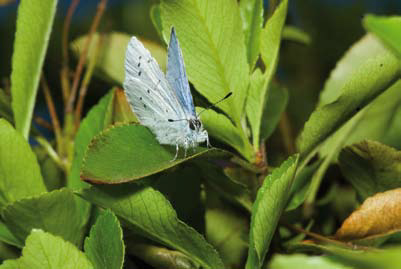articles/Review/whalestailsandleprechauns-page2
Whales, Tails and Leprechauns - part 2 of 1 2 3 4 5 6
by Mike McNamee Published 01/06/2007
Having got our bearings with the devices, we next wanted to know how much penalty we would have to pay for diffusing the flash. A more efficient diffuser will spread the light without wasting it by 'spilling' light into unwanted areas. Thus you would prefer the light directed at the floor to be redirected towards the subject and, unless there was a wall close behind you, you would not want any light escaping in that direction either. By its very nature, diffusion reduces the available light, our quest was to measure how much.
Power Output
We set up a Nikon SB800 flash in a 'typical' domestic environment consisting of a flash to subject distance of 3m and a flash to ceiling distance of 1.5m. The ceiling was white emulsion, the surrounding walls were either dark green or a dark oak, floor-to-ceiling bookcase - hardly ideal, but typical situations that sometimes confront a social photographer. For all practical purposes, the loss of light power was around two stops with little difference between the various devices. That is not to say that the visual effect of the various modifiers is different, just the total power output in the direction of the subject.

In the Field
It is typical of the nature photographer's lot that just as our copy deadline approached, the weather turned cold, the wind and rain arrived and the Holly Blues stopped flying. It will now be August before the second brood of the year appears (and they are a different colour anyway!). The example shown is not the best of the shots we got (about four after three days running about) but it does show the way that the Lightsphere Clear produces soft wrap-around lighting on such a small subject.
The wide area around the Blue has been left so that you can see the effect - note the soft shadow detail underneath the leaves and the absence of any eye-catching, specular highlights. We were able to work at f16 (about f22 effective), 100 ISO and a magnification of 1:2. One thing we were unable to determine was whether the large white area of the dome itself was spooking the insect, we got the distinct impression that the species was more skittish than usual - regular nature buffs will understand the scenario, the insects sit posing in the sunlight while you are watching over breakfast, but dare to step outside with a camera!
Please Note:
There is more than one page for this Article.
You are currently on page 2
- Whales, Tails and Leprechauns page 1
- Whales, Tails and Leprechauns page 2
- Whales, Tails and Leprechauns page 3
- Whales, Tails and Leprechauns page 4
- Whales, Tails and Leprechauns page 5
- Whales, Tails and Leprechauns page 6
1st Published 01/06/2007
last update 09/12/2022 15:00:18
More Review Articles
There are 6 days to get ready for The Society of Photographers Convention and Trade Show at The Novotel London West, Hammersmith ...
which starts on Wednesday 14th January 2026





